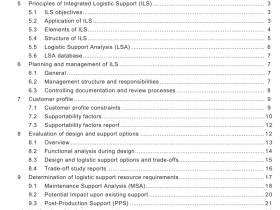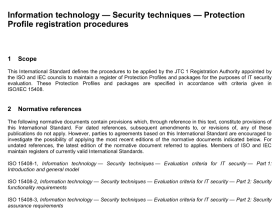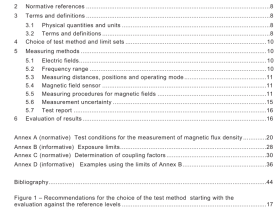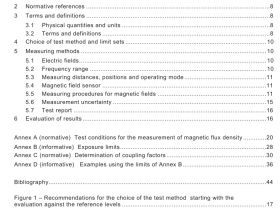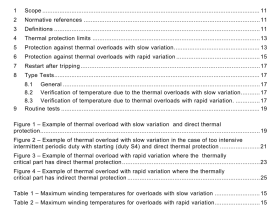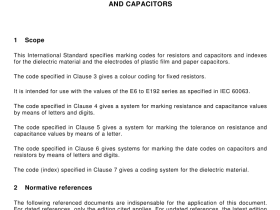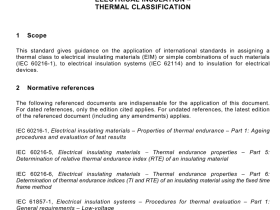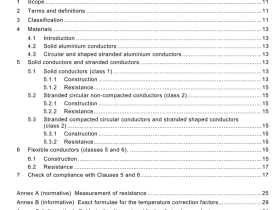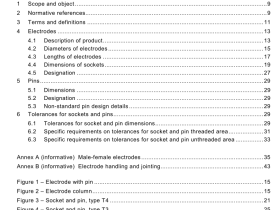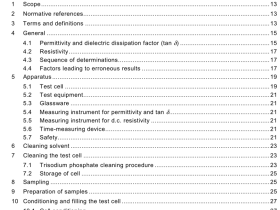AS ISO IEC 14496.18 pdf download
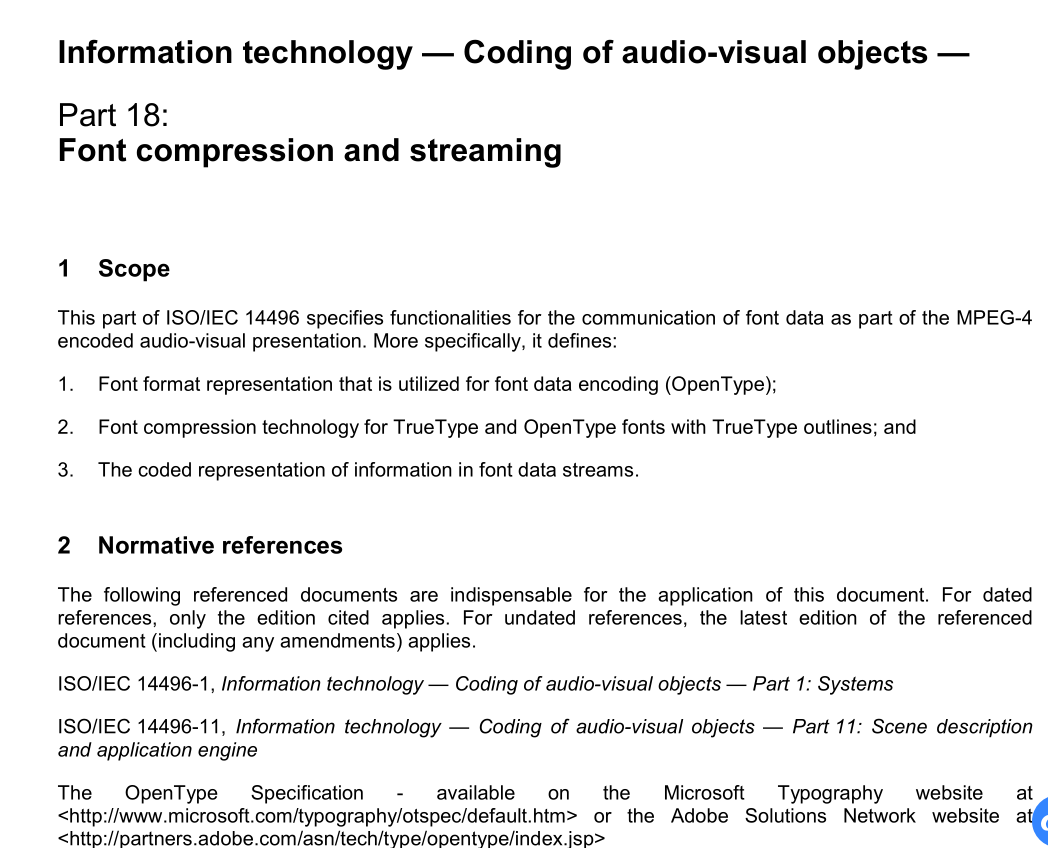
AS ISO IEC 14496.18 pdf download Information technology—Coding of audio-visual objects Part 18: Font compression and streaming
4 Font Compression Technology
4.1 Overview Transmission of the font data through bandwidth-limited channels requires efficient compression techniques be applied that allow reducing font data size without sacrificing quality of text rendering and advanced typographic features supported by the font. MPEG-4 adopts MicroType® Express 3) 2.0 font compression technology, which allows lossless compression of OpenType fonts with TrueType outlines and provides the capability to render the text without decompressing the whole font, which significantly reduces memory requirements. The specification of this compression mechanism is presented below.
4.2 Compressed Font Format Specification
4.2.1 Introduction This part of the document describes the compressed font format that is designed for compact binary representation of lossless-compressed TrueType and OpenType with TrueType outlines fonts (TTF) and font collections (TTC). This font compression technology for OpenType TrueType fonts is designed to minimize memory usage for font data storage in resource-constrained environments, where both ROM and RAM memory savings are critical, and build relatively small font files without sacrificing the quality, features and capabilities of TrueType and OpenType fonts.
The compressed font format provides random access capabilities into the font data and allows font rasterizer to render glyphs directly from the compressed font tables without decompressing the whole font while maintaining the highest character quality. The selection and number of compressed tables in a font file may differ from one font to another. Any number of tables can be compressed in the same font (from only one to all), which allows application developers to optimize “memory savings – performance of font rendering engine” trade-off.
Compression algorithms, applied to font tables, take advantage of advanced knowledge of OpenType font tables structure and meaning of data (text, TrueType instructions, glyph data, etc.). Separation of these objects into groups with distinctly different statistical distributions allows employing a number of compression techniques, which results in producing most compact lossless-compressed data. These techniques are especially effective when compressing of the glyph data (‘glyf’ table), which is typically the biggest table in the TTF file. The details of the glyph data compression are described in subclause 4.2.4 of this specification.
4.2.2 Data Types The compressed font format follows the same SFNT structure (used in both TrueType and OpenType) that provides a “wrapper” for a collection of tables in a general and extensible manner. Rasterizers use a combination of tables contained in the font to render glyph outlines. In order to simplify the process of traversing the tables in a font, the beginning of each table is aligned on the 4-byte boundary and each table data is padded with zeros.
